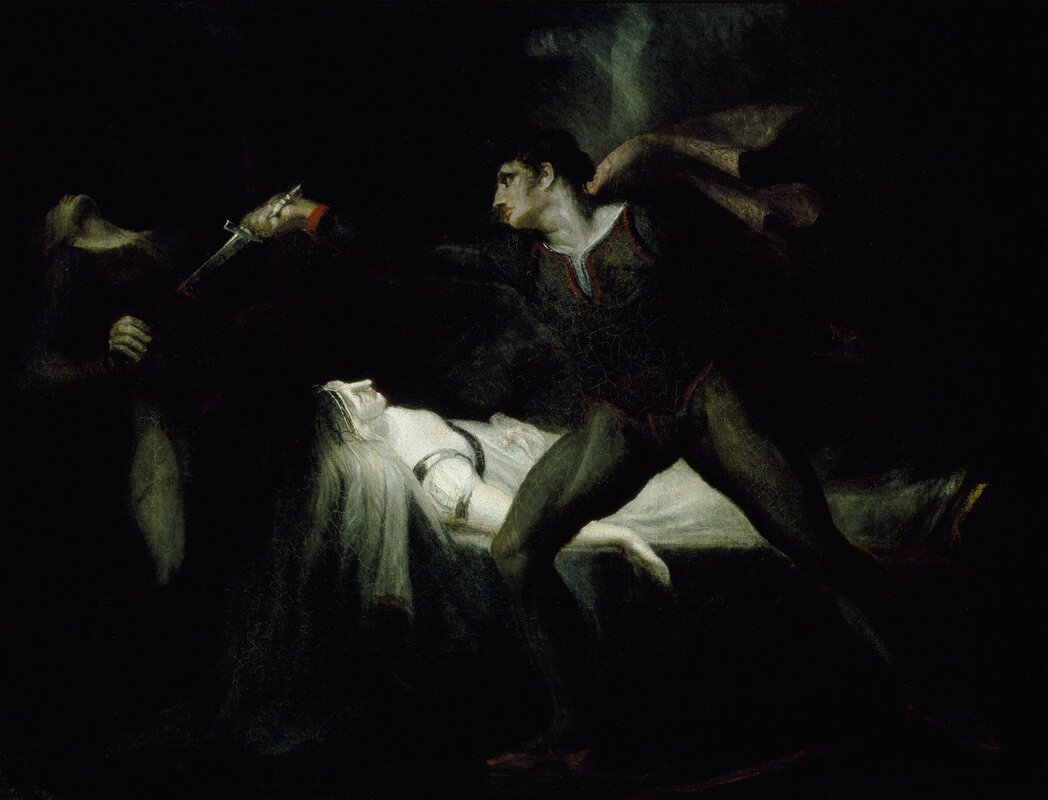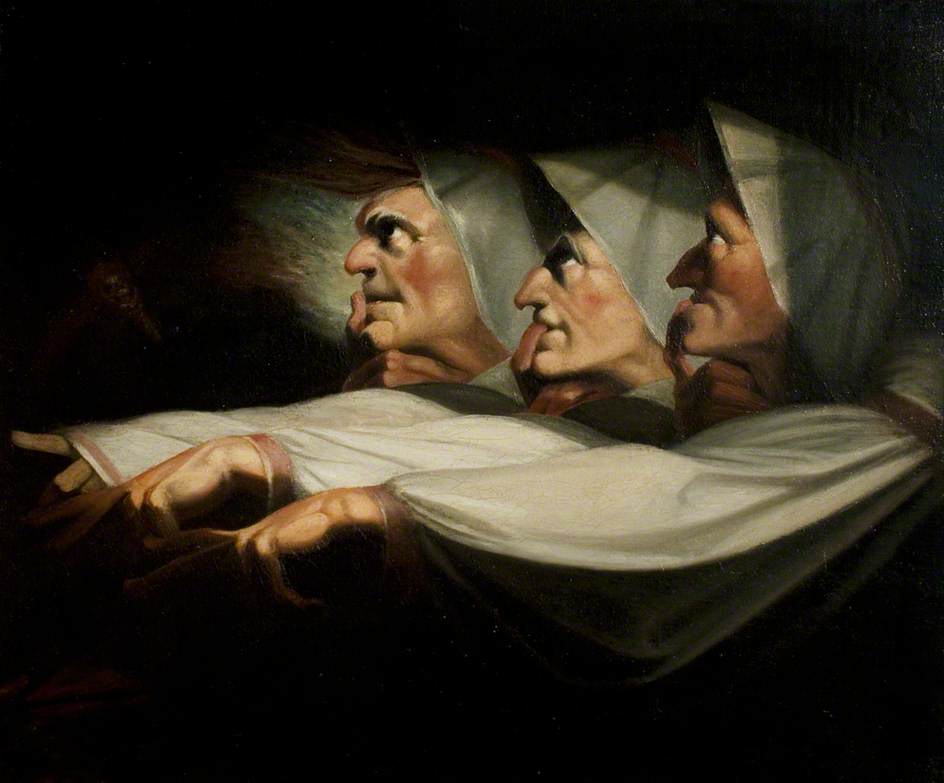**Now Available!!**
The Fuseli Connection
|
Destroyed masterpieces. Budding artists. AI.
In a world where art can be both priceless and perilous, Dr Genevieve Lenard and her unorthodox team are thrust into a high-stakes investigation when three valuable paintings spontaneously ignite at one of the world's most esteemed museums. As the flames flicker out, a chilling wave of threats cascades across other cultural institutions, hinting at a cunning arsonist with a sinister plan to obliterate humanity's artistic heritage. With the pressure mounting, Genevieve must decode cryptic messages and look for connections in every tiny detail. Racing against the clock, the team grapples with an elusive enemy whose motivations remain shrouded in mystery. Genevieve and her team have to use all the tools at their disposal to uncover the truth and thwart the next attack before it's too late—before the world is left to mourn its irreplaceable masterpieces and before someone gets hurt. Or worse. |
The Henry Fuseli Paintings That Started It All
The beautiful Ashford in the Water
Look at photos of this gorgeous village HERE
Read more about it HERE and HERE
Look at photos of this gorgeous village HERE
Read more about it HERE and HERE
Interesting articles and infographics about AI
- How Large Is the Global AI in the Art Market?
A fascinating article with statistics about the value of AI in the art market (billions!!!) and more. Not 100% objective since it is from a generative AI site, but still very interesting. - AI tool diagnoses diabetes, HIV and COVID from a blood sample
One of the many ways in which AI has had an impact in the medical field. - MIT News: Artificial Intelligence
A reputable website with the latest news about AI - 21 Facts About AI We Bet You Didn’t Know
An interesting read about the first robot citizen, robot journalism, AI creating jobs, etc.

Source: digitalwellbeing.org

Source: vpnalert
|
William Shakespeare
Worthwhile reads:
- 100 Famous Quotes
A fun look at quotes we use very often, including: 'Love all, trust a few, do wrong to no one.' - 20 Facts
Did you know that Shakespeare introduced almost 3,000 words to the English language? - Biography
For those who didn't know that he married Anne Hathaway (YES!) and had a son Hamnet (YES!).
Henry Fuseli:
Henry Fuseli - Fuseli was born in Zurich on 6 February 1741. Though ordained as a Zwinglian minister in 1761, he pursued humanist studies, mastering multiple languages and drawing inspiration from Homer, Dante, Shakespeare, and Milton. Forced to leave Zurich in 1763 after criticising the administration, he traveled through Europe, embarking on a literary career.
Encouraged by Reynolds in 1768 to take up painting, Fuseli studied in Italy, influenced by Michelangelo and mannerist art. Returning to London in 1780, he gained fame with The Nightmare and contributed extensively to Boydell’s Shakespeare Gallery. In the 1790s, he created 47 paintings for his Milton Gallery, though the exhibitions failed publicly.
Elected to the Royal Academy in 1788, Fuseli became Professor of Painting in 1799 and Keeper in 1804. His personal life was marked by an intense love for Anna Landolt and marriage to Sophia Rawlins in 1788. He died on 16 April 1825 and was buried in St. Paul’s Cathedral.
Encouraged by Reynolds in 1768 to take up painting, Fuseli studied in Italy, influenced by Michelangelo and mannerist art. Returning to London in 1780, he gained fame with The Nightmare and contributed extensively to Boydell’s Shakespeare Gallery. In the 1790s, he created 47 paintings for his Milton Gallery, though the exhibitions failed publicly.
Elected to the Royal Academy in 1788, Fuseli became Professor of Painting in 1799 and Keeper in 1804. His personal life was marked by an intense love for Anna Landolt and marriage to Sophia Rawlins in 1788. He died on 16 April 1825 and was buried in St. Paul’s Cathedral.
Find out more about the Henry Fuseli: HERE
Henry Fuseli List of works: HERE















